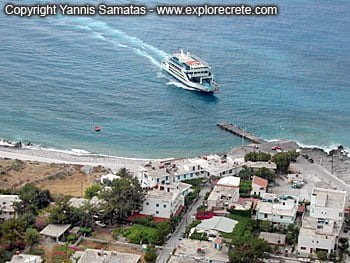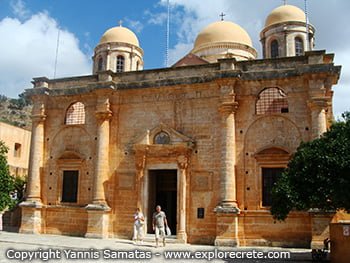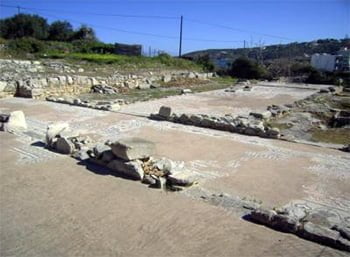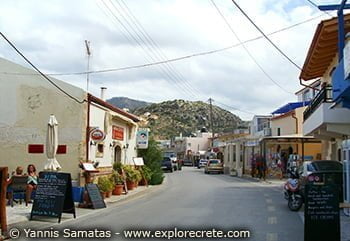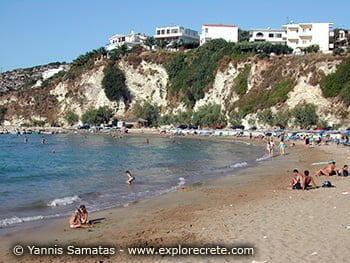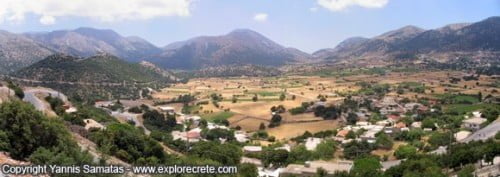Agia Roumeli History
The name Agia Roumeli
The name Agia Roumeli may be reminiscent of Roumeli, as central Greece used to be called, but there has no historical connection between the two.
It is thought that many centuries ago there was a temple here dedicated to the Roman goddess Rumilia or Rumina. According to Plutarch, Rumilia was the protectress of flocks, of which there must certainly have been many in mountainous Agia Roumeli.
It is possible that after the establishment of Christianity in Crete, the Roman temple was converted into a Christian church called Agia Roumilia, later corrupted into the unusual place-name of Agia Roumeli.
According to a different theory, the name Agia Roumeli is derived from the Arabic words “aia” (water) and “rumeli” (Greek), i.e. “Greek water”.
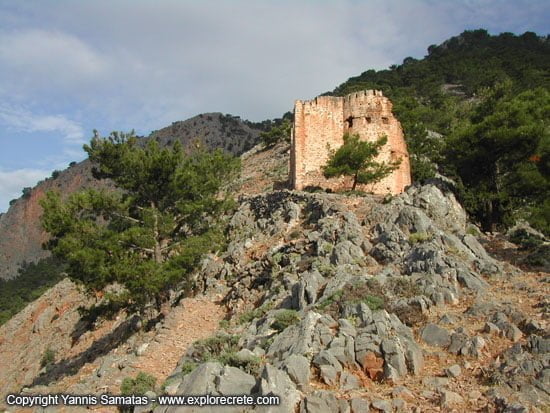
History of Agia Roumeli
Until 1954 Agia Roumeli was higher up, about a kilometre from the shore, near the mouth of the Samaria Gorge. Heavy rainfall made the Samaria river flood and cause great damage to the village, which was moved to its present location on the coast.
East of the spot where Agia Roumeli is today, was the site of the ancient city of Tara or Tarra, probably founded in Classical times. Tarra was in important religious centre of the Dorians and flourished mainly during the Greco-Roman period. Tarra established a colony of the same name in the Caucasus, while Tarras in Southern Italy is believed to be another of its colonies.
Excavations on the site of the modern village have brought to light the cemetery of ancient Tarra, while the bay of Agia Roumeli was probably used as a harbour. We must take into account, however, that the coastline has changed, as a major earthquake in 365 AD raised the western end of Crete by about four metres.
Tarra was a member of the League of the Oreioi, together with the neighbouring ancient cities of Elyros (near Rodovani village), Hyrtakina (near Temenia village), Lissos (west of Sougia) and Poikilassos (the harbour of Elyros, west of Agia Roumeli).
Coins have been found in the area bearing the head of a Cretan wild goat on one side and a bee on the other, images directly connected to the local wildlife and local occupations (herding and bee-keeping) still alive today.
A stone stele with a double axe carved in relief was also found in the Agia Roumeli area, demonstrating the survival of Minoan religion into historical times. It is now housed in the Archaeological Museum of Chania.
Apollo and Acacallis
Apollo Tarraeus was worshiped in Tarra. According to myth, Apollo and Artemis sought sanctuary in Tarra after the murder of Python at Delphi. The priest-seer Karmanor performed purifying rites for their expiation.
At Karmanor’s house, Apollo fell in love with Acacallis or Acale, the daughter of Minos and Pasiphae. They had two children, the twins Phylacides and Philander. Legend has it that the embrace of Acacallis was so sweet that Apollo forgot to raise the sun into the sky, making the earth shiver and the rivers and lakes freeze over. This myth may be a folk way of describing how the sun takes several hours to reach the deepest parts of the Samaria Gorge.
The sons of Acacallis and Apollo were abandoned in the mountains and suckled by a wild goat. The twins survived and when they came of age they founded the neighbouring city of Elyros, which had Tarra as its harbour.
Agia Roumeli during the Venetian and Turkish periods
There was a large shipyard in Agia Roumeli during the Venetian and Turkish periods. With its abundant timber and river to power sawmills, it was the ideal spot for ship-building.
Agia Roumeli in the Second World War
It was from the shore of Agia Roumeli that King George of Greece left for Egypt in May 1941, after the fall of Crete to the Germans. The king was taken by the royal nave destroyer “Decoy”.
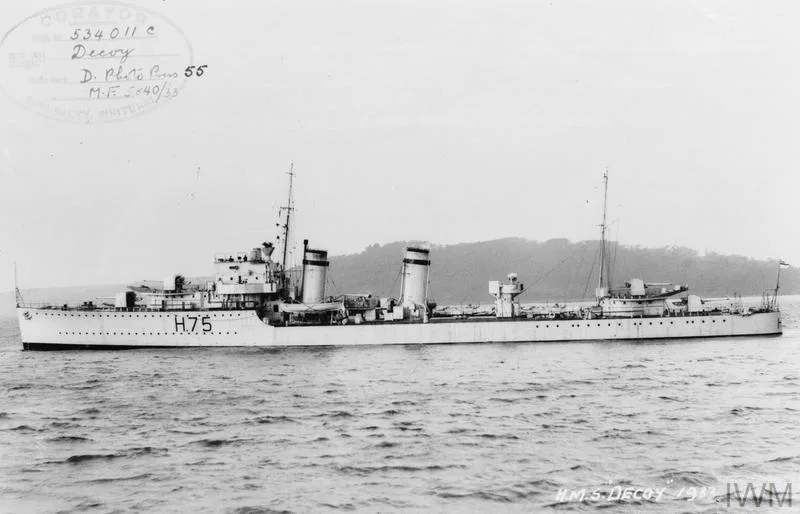
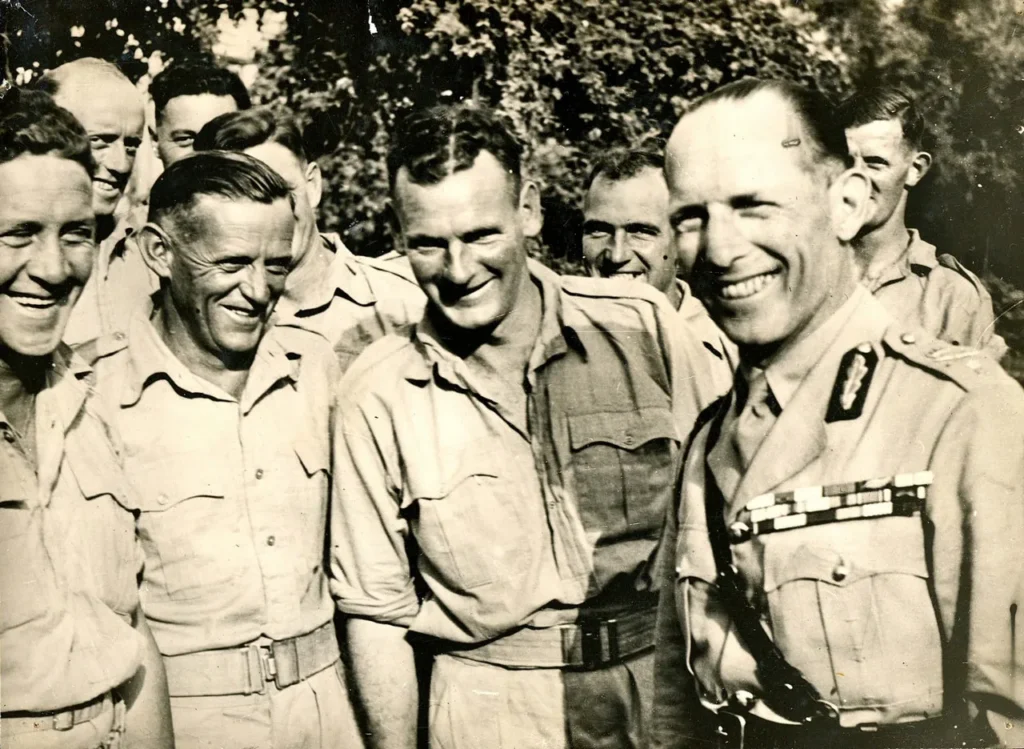
© explorecrete.com All Rights Reserved. Reproduction or copying without permission is prohibited.

